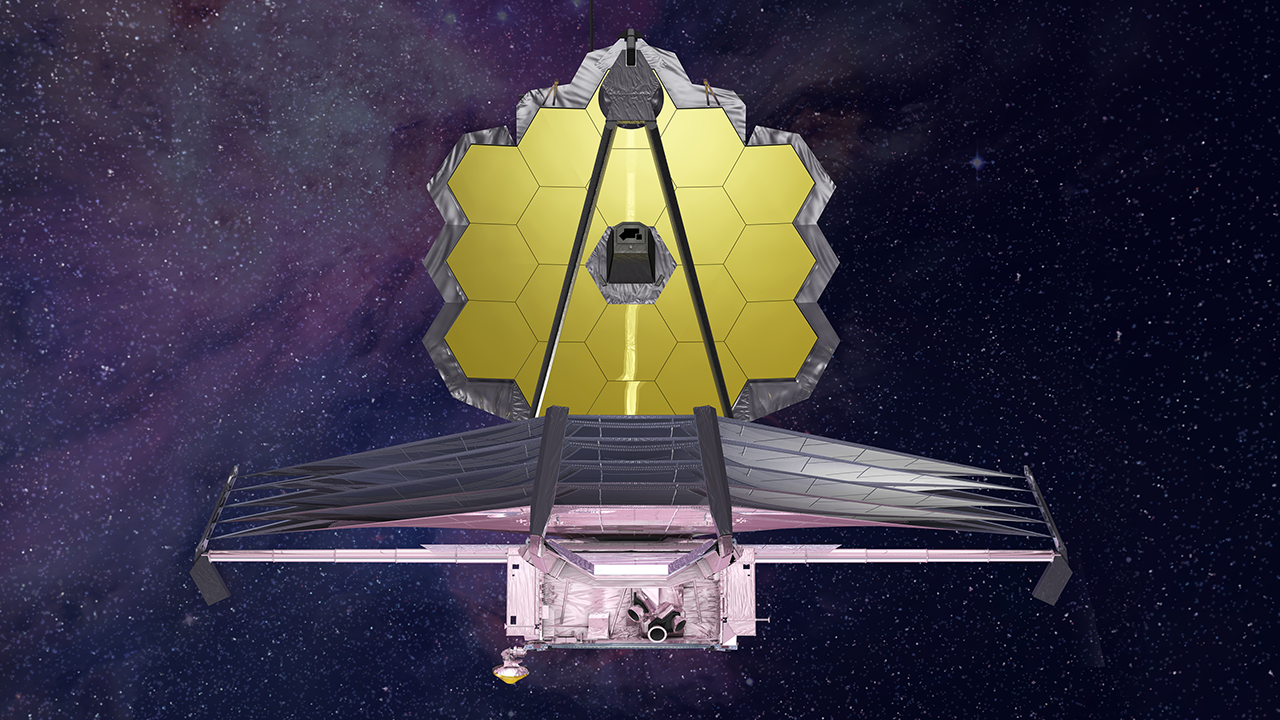James Webb Space Telescope has locked onto guide star in crucial milestone
The fine-guidance instrument is key to keeping the space telescope pointed in the right direction.
The James Webb Space Telescope's key pointing instrument is working well in testing, according to two space agencies involved with the observatory's commissioning work.
The Fine Guidance Sensor (FGS), a contribution from Honeywell on behalf of the Canadian Space Agency, successfully "locked on" to a specific guide star in tracking mode on Sunday (Feb. 13), the CSA reported Thursday (Feb. 17).
With FGS working well so far, the instrument will next be used to assist with the ongoing alignment of the 18 hexagonal segments that make up the primary mirror of the telescope, the CSA added. Last week, Webb engineers released a first image of a single star showing many separate views from the different mirror segments, which was expected since alignment is ongoing.
Live updates: NASA's James Webb Space Telescope mission
Related: How the James Webb Space Telescope works in pictures

"In the coming weeks, with the help of the FGS, each mirror segment will be carefully adjusted to 'stack' these [individual segment] views and calibrate the rest of the telescope's optical elements, to ultimately create a highly focused image of a single star," the CSA said.
A NASA statement about the milestone posted on Thursday included commentary from both René Doyon (principal investigator of the Canadian-built instruments on Webb) and outreach scientist Nathalie Ouellette of the Université de Montréal. The two scientists discussed the function of FGS and what to expect in the coming weeks.
"To ensure Webb stays locked on its celestial targets, the FGS measures the exact position of a guide star in its field of view 16 times per second and sends adjustments to the telescope's fine steering mirror about three times per second," the scientists said in the statement.
Get the Space.com Newsletter
Breaking space news, the latest updates on rocket launches, skywatching events and more!
Speaking about the milestone, the scientists said they were "thrilled" that the guiding is working well so far; they are also looking forward to FGS continuing to assist Webb's Near-Infrared Camera (NIRCam) with pointing in the right direction.
"From now on, the alignment process of the telescope mirrors will take place with FGS guiding, while NIRCam images provide the diagnostic information for mirror adjustments," the scientists added.
Webb's commissioning period is expected to take several months, in large part because the instruments are still cooling after its Dec. 25 launch and month-long journey to a Lagrange point deep in space. The instruments are designed to operate at minus 384 degrees Fahrenheit (minus 233 degrees Celsius) as Webb seeks out heat-emitting objects in the universe.
Follow Elizabeth Howell on Twitter @howellspace. Follow us on Twitter @Spacedotcom and on Facebook.
Join our Space Forums to keep talking space on the latest missions, night sky and more! And if you have a news tip, correction or comment, let us know at: community@space.com.

Elizabeth Howell (she/her), Ph.D., was a staff writer in the spaceflight channel between 2022 and 2024 specializing in Canadian space news. She was contributing writer for Space.com for 10 years from 2012 to 2024. Elizabeth's reporting includes multiple exclusives with the White House, leading world coverage about a lost-and-found space tomato on the International Space Station, witnessing five human spaceflight launches on two continents, flying parabolic, working inside a spacesuit, and participating in a simulated Mars mission. Her latest book, "Why Am I Taller?" (ECW Press, 2022) is co-written with astronaut Dave Williams.









